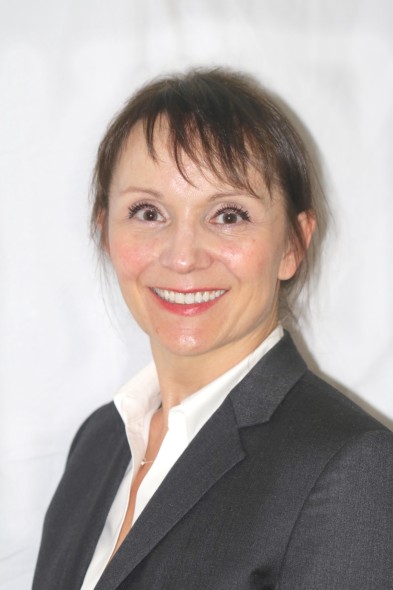- Video Library
- Margaret Kalmeta, Rapid Nexus - Technology to Treat Chronic Wounds | LSI Europe '22
Margaret Kalmeta, Rapid Nexus - Technology to Treat Chronic Wounds | LSI Europe '22

Margaret Kalmeta
Dr. Margaret Kalmeta is a Doctor of Dental Surgery with extensive training in oral surgery. She built and successfully exited several startup practices, subsequently went on to develop and patent novel tissue and bone growth technologies. Learning that daily amputations measured in the hundreds because of poor technologies, Dr. Kalmeta transferred her oral surgery wound healing technology to the wound care industry and founded Rapid Nexus, Inc in order to address this critical unmet patient need.
Margaret Kalmeta
Dr. Margaret Kalmeta is a Doctor of Dental Surgery with extensive training in oral surgery. She built and successfully exited several startup practices, subsequently went on to develop and patent novel tissue and bone growth technologies. Learning that daily amputations measured in the hundreds because of poor technologies, Dr. Kalmeta transferred her oral surgery wound healing technology to the wound care industry and founded Rapid Nexus, Inc in order to address this critical unmet patient need.

17011 Beach Blvd, Suite 500 Huntington Beach, CA 92647
714-847-3540© 2025 Life Science Intelligence, Inc., All Rights Reserved. | Privacy Policy







